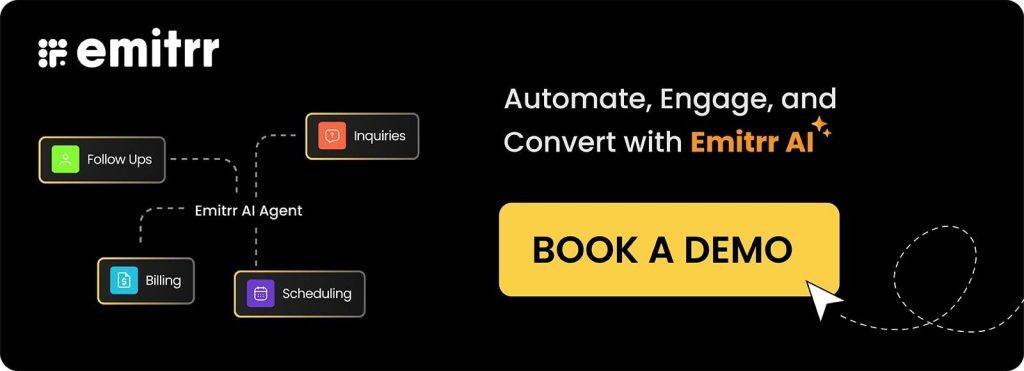Medical Diagnosis Form
What Is A Medical Diagnosis Form?
A medical diagnosis form is used by healthcare providers to document patient symptoms, test results, and final diagnoses. It helps maintain accurate medical records and streamline care coordination. With Compliance HIPAA and a HIPAA-Compliant texting app, this documentation remains secure and confidential.
Purpose Of A Medical Diagnosis Form
The primary purpose of a medical diagnosis form is to ensure accurate recording of a patient’s condition after evaluation. Whether it’s a patient diagnosis form or a medical diagnosis sheet, the document provides vital information that informs treatment plans and care decisions. Clinics and hospitals rely on these forms for consistent recordkeeping and care tracking.
Using HIPAA-Compliant communication tools ensures that diagnosis data remains private while enabling efficient communication among care teams. Integration with HIPAA-Compliant appointment reminder systems helps patients stay informed about follow-up visits. Secure data sharing via HIPAA-Compliant forms via text makes collecting updates and authorizations seamless.
Key Components Of A Medical Diagnosis Form
Tools like HIPAA-fillable forms and a HIPAA-Compliant calendar allow healthcare teams to manage diagnostic appointments efficiently. When integrated with CRM for medical billing and online scheduling for medical office, the process becomes even more efficient.
- Patient Information – Includes name, age, gender, contact details, and patient ID for accurate identification.
- Clinical Symptoms – Describes the symptoms reported by the patient at the time of consultation.
- Medical History – Lists pre-existing conditions or previous diagnoses relevant to the current case.
- Examination Findings – Summarizes the results from physical exams or diagnostic tests.
- Diagnosis Summary – The final diagnosis or multiple differential diagnoses determined by the physician.
- Treatment Recommendations – Notes the prescribed medication, therapy, or referral to specialists.
- Physician Signature – Confirms the accuracy and authenticity of the report.
Digitize Your Medical Forms with Emitrr
Emitrr simplifies the management of the medical diagnosis form template by offering automation, integration, and security. With the help of AI medical scribe, healthcare professionals can record clinical notes and diagnostic data in real time, reducing manual documentation errors.
Features like medical appointment reminders and medical texting help patients stay updated on follow-ups and report progress. The medical office call center module allows clinics to respond promptly to patient inquiries about diagnoses and treatment plans.
Emitrr’s integrations with CRM for medical device sales and AI medical transcription software ensure seamless processing of clinical information. By automating diagnostic documentation, healthcare providers can focus on delivering better patient care while maintaining full HIPAA compliance.
Digital versions of the medical diagnosis form template can be hosted as Online patient forms or HIPAA-Compliant online forms for faster data entry and verification. For advanced automation, clinics can utilize AI for medical offices to pre-fill patient diagnosis details and route them to the right specialists. Communication can be further optimized using a medical insurance call center or a HIPAA-Compliant medical answering service. Even for remote teams, VoIP for medical office ensures reliable and secure communication during care coordination.
FAQs
A medical diagnosis form helps healthcare providers record and track a patient’s diagnosis, symptoms, and treatment plan. It serves as an official medical record that ensures continuity of care across different departments. Additionally, it supports billing and insurance claims by providing verifiable diagnostic information. In digital environments, these forms also enable faster data sharing and analysis for improved patient outcomes.
Typically, licensed medical practitioners or healthcare providers complete the form after examining a patient. They document the findings and diagnosis based on tests and observations. However, administrative teams may assist in inputting demographic details. In some cases, specialists collaborate on the same record to provide comprehensive diagnostic insights.
Insurance companies often require a copy of the patient diagnosis or medical diagnosis form to verify claims. This helps determine whether the treatment provided aligns with the covered conditions. Properly completed forms minimize claim rejections and delays. They also establish transparency between patients, providers, and insurers during reimbursement processes.
Yes, healthcare facilities can use secure digital systems to submit diagnosis forms electronically. These systems ensure that patient information is encrypted and compliant with privacy standards. Online submission eliminates the need for paper handling, speeds up data retrieval, and supports remote consultations. It also enables real-time integration with billing and scheduling systems.
A medical diagnosis letter template should include the patient’s identifying details, diagnosis description, recommended treatment, and physician credentials. It serves as formal proof of a medical condition for employers, schools, or insurance purposes. Clear, concise documentation improves understanding and prevents miscommunication. Always ensure that the letter adheres to professional standards and privacy regulations.
A short form summarizes only essential diagnostic details like symptoms, diagnosis, and recommended care, while a full report includes in-depth analysis and examination results. Short forms are commonly used for follow-ups or referrals, whereas comprehensive reports are used for long-term care planning. Both serve crucial but distinct roles in medical recordkeeping and communication.
Still Using Paperforms?
Check out what Emitrr's digital forms can do for you! Reduce wait times, ensure compliance, and boost the efficiency of your medical practice with digital forms. Watch the video to know how!

 4.9 (400+
reviews)
4.9 (400+
reviews)
